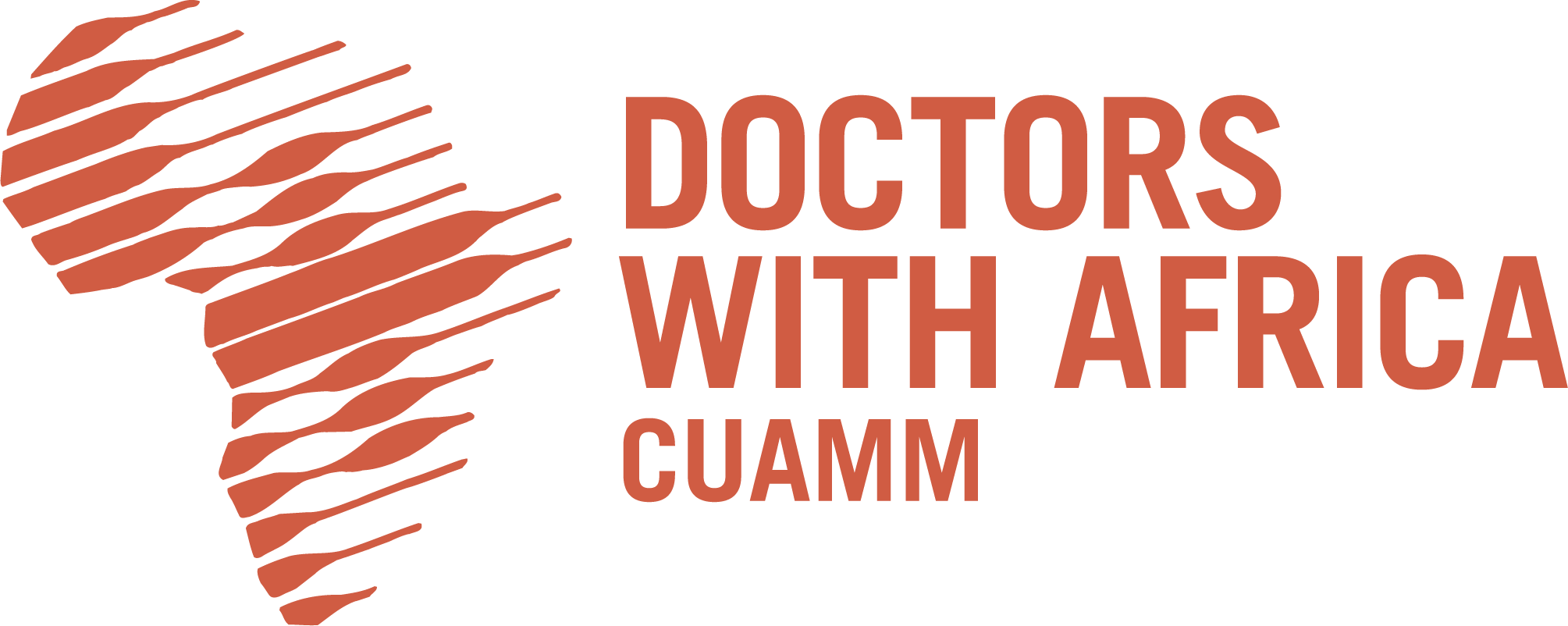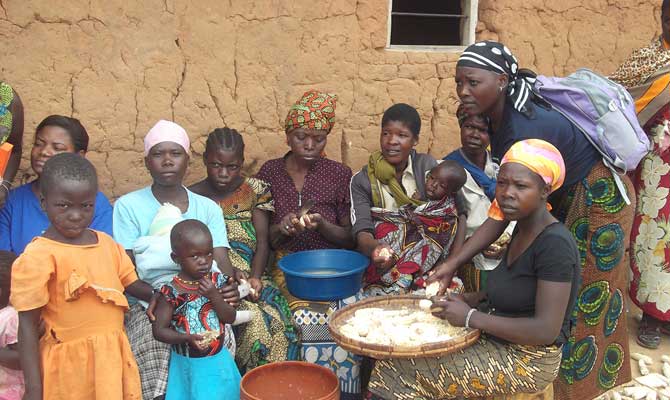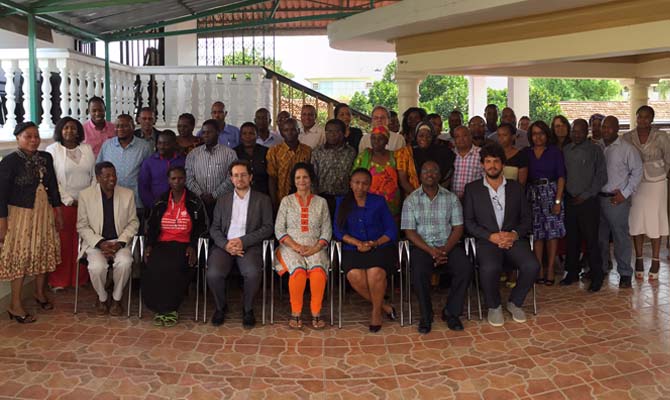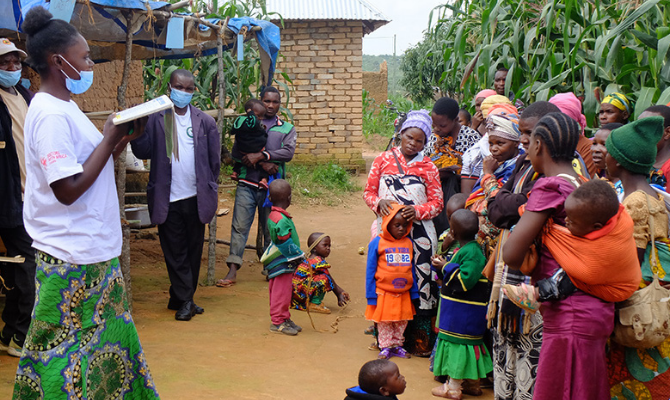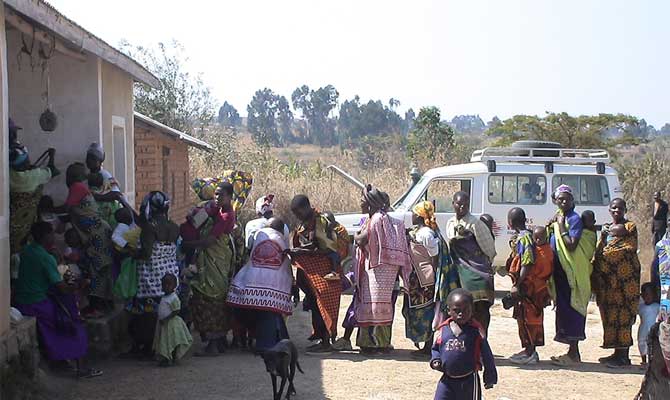Strengthening Community based Mother and Child Health Interventions in Iringa and Njombe Regions is a project carried out by Doctors with Africa CUAMM with the support of UNICEF. It aims to bridge the gap between households and health facilities with integrated community initiatives and
wants to establish dynamic Community Health Workers (CHWs). Within this project, CUAMM conducted a survey from May to October 2015.
Context
Tanzania has historically implemented community based health interventions since mid-1960s in post-independence era. Under the Primary Health care Services Development Plan (PHCSD) of 2007, the Government of Tanzania has prioritized strengthening community health with the development of Community Health Workers (CHWs) cadre as a key component for improving provision and access to primary health care (PHC) services. Despite the efforts, most of CHWs Programs were not sustainable with big challenges being lack of motivation, lack of remuneration or incentive mechanisms, weak supportive supervision system and inadequate supply of working tools. As the result, currently there are fragmented, uncoordinated andm unstandardized community health workers supported by various different organizations.
Objectives of the survey
The main objective of the survey was to assess the situation and context in which community health workers undertake their roles in Iringa and Njombe Regions. Specifically, the baseline survey intended to:
- identify community health agents, demographic characteristics of CHWs, selection process of CHWs, status of training for CHWs, the main activities undertaken by CHWs, challenges associated with the work of CHWs;
- analyze the social networks around CHWs;
- identify how the work of CHWs is perceived and linked with health system by different stakeholders;
- assess the level of interaction among CHAs, assess community support to CHWs and document some best practices of well-functioning community health work program in the area.
Findings
The survey findings include:
- Community health agents available in the area were Community Health Workers, Home Based Care workers, para-social Workers, Progressive Farmers and Community volunteers;
- majority of CHWs interviewed had attained primary level of education and have more than 10 years of working as CHWs;
- majority of CHWs were selected by the Community through village general assembly;
- majority of CHWs had less frequent refresher trainings and the topics covered during training were reproductive health care, environmental sanitation, HIV prevention and care, filling registers and nutrition;
- main duties of CHWs were to support health service delivery through home visits, firstaid and immunization sessions, provide nutrition education, identify and register new pregnancies, births and deaths, provide education on prevention of HIV/AIDS and care, and provide environmental education.
Lessons learned
- Strengthening the Community Health Workers Network by provision of training, incentives, constant supervision;
- piloting the National Reproductive Maternal Child Health Guidelines at Community Level reinforce the local government in terms of knowledge and availability of data;
- constant monitoring pregnant women and under five children at household level allows to track accessibility to health services;
- improving knowledge of the population on health burning issues through partecipatory approach initiative entail reduction of health expenditures at family level, improving the wealth of the community at large;
- CHWs supervision conducted at health facility level reduce the gap between health providers and villages;
- the Health Management Information System at district level can integrate data coming from health facility with data coming from community for analysis, planning and budgeting purposes;
- involving village leaders in decision and supervision activities improves governance capacity.
